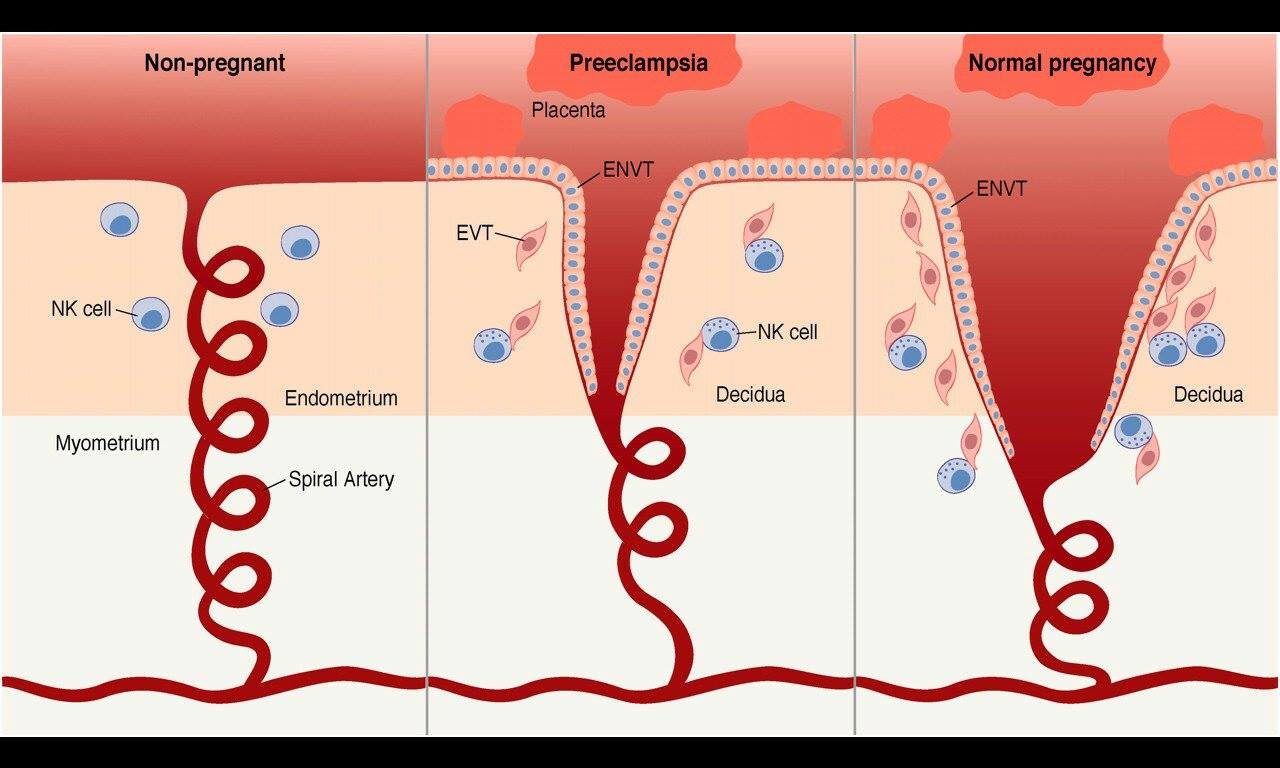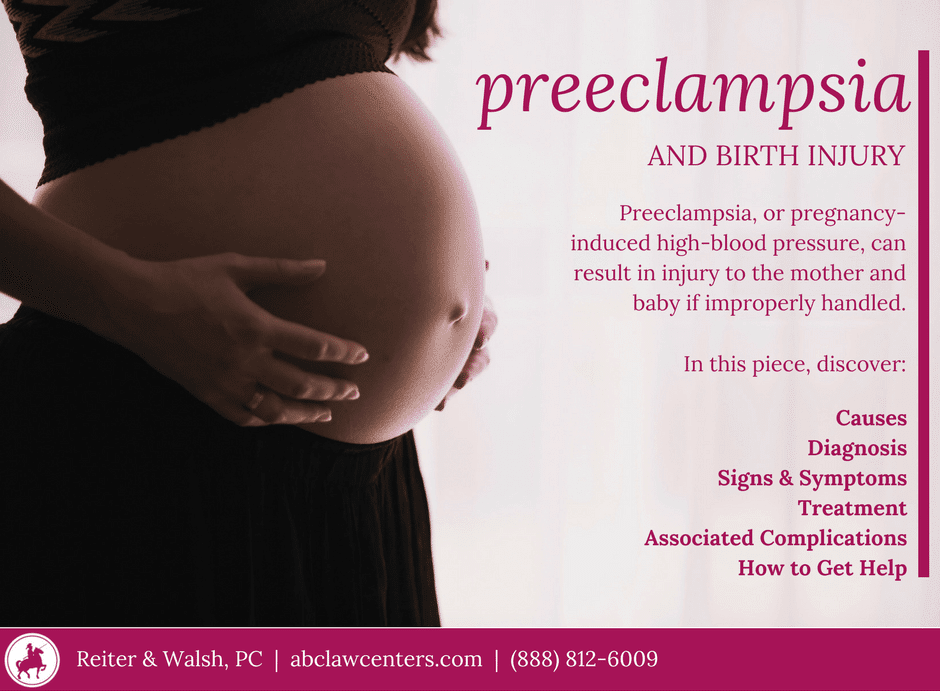Preeclampsia During Pregnancy

Contents:
- What is Preeclampsia in Pregnancy?
- Why this Condition Threatens Both the Mom and the Baby?
- Causes of Oreeclampsia
- Symptoms of Preeclampsia
- Treatment
- HELLP Syndrome
- Prevention of Oreeclampsia
Preeclamptic Pregnancy
Many women know what is gestosis – late toxemia in pregnancy. Unfortunately, the state of a woman suffering from gestosis can outgrow to preeclampsia, dangerous condition threatening both the baby and the mother.
What is Preeclampsia in Pregnancy?
Let’s speak about it in detail. As it’s universally known, gestosis is followed by high blood pressure and swelling. Preeclampsia has the same symptoms, but they are much more pronounced. Preeclampsia usually develops in late pregnancy: in the end of the second or in the third trimester.
Why this Condition Threatens Both the Mom and the Baby?
High blood pressure leads to deterioration of the blood circulation in the placenta, resulting in the insufficient supply of oxygen and nutrition of the baby.
It affects the baby’s development. Preeclampsia is dangerous for the mother too, as it affects the liver, the kidneys and the nervous system, especially the brain.
Preeclampsia has three stages: mild, moderate, and severe. Severe preeclampsia can outgrow into eclampsia that is discussed below.
Causes of Oreeclampsia
Causes of the preeclampsia occurrence in pregnancy remain unknown. However, scientists have determined few risk groups.
They include women:
- with placental abnormalities;
- that had preeclampsia in previous pregnancies;
- primiparous;
- having a hereditary disease history;
- with a multiple pregnancy;
- under 20 or over 35;
- obese;
- suffering from hypertension, kidney disease, etc.
Symptoms of Preeclampsia

Mild preeclampsia does not always cause noticeable symptoms.
However, a more severe stage necessarily manifests some or all symptoms from the list below:
- dizziness and headache;
- severe pain in the upper abdomen;
- weight gain over 3.5 kg per week;
- sudden swelling of the face and extremities;
- nausea and vomiting;
- protein in the urine;
- vision changes including reduced vision, seeing spots and light sensitivity.
Treatment
Unfortunately, preeclampsia is not treatable. The only thing you can do is keeping the disease under control and alleviating the condition of the patient. First, it is necessary to fully examine the disease to ascertain its severity and select a maintenance therapy.
In the case of mild preeclampsia, the pregnant women are more likely to stay at home. Visiting the doctor several times a week to control the amount of protein in urine sample is sufficient. This parameter helps to track the progression of the illness in the most accurate way. In this case, the woman will have to reduce her physical activity, walk and exercise less.
In case of a more severe stage, the woman will be hospitalized. She may even be advised to stay in bed. This will increase the blood flow to the uterus improving the state of the baby. The doctor will also prescribe her medications reducing blood pressure.
If a woman at 37 weeks or over suffers from a severe preeclampsia, she will be most likely assigned to the induced labor. Especially if the cervix has already started to get ready for this process. By 38 weeks, the fetus is completely ready for the extrauterine life. Thus, there is no longer any need to delay pregnancy, complicating the condition of both the mother and the child.
If the woman is diagnosed with preeclampsia before 34 weeks, the doctor is likely to prescribe her corticosteroids – drugs accelerating the lungs’ development. It is done in order to minimize risks for the baby, if there would be a need to induce labor before term.
HELLP Syndrome
Some women with preeclampsia develop a condition called HELLP syndrome. The name of this disease is an acronym for: H- Hemolysis, the breakdown of red blood cells, EL-Elevated liver enzymes, LP- Low Platelets.
HELLP is characterized by pain at the top of the abdomen, vomiting, dizziness, resentment and malaise. Symptoms appear only after 35 weeks of pregnancy, while HELLP syndrome itself can develop much earlier. Therefore, all women diagnosed with preeclampsia should make HELLP tests.
In some cases, this disease develops after the delivery. In this case the woman is prescribed with drugs lowering blood pressure, preventing the occurrence of seizures and so on. In some cases, there is a need for blood transfusion. If the syndrome is detected before the delivery, it is necessary to induce labor as the further gestation may cause serious complications.
Prevention of Oreeclampsia
Unfortunately, today there are no successive methods of preventing preeclampsia. However, studies have shown that taking calcium, folic acid and vitamins reduce the risk of developing this disease.